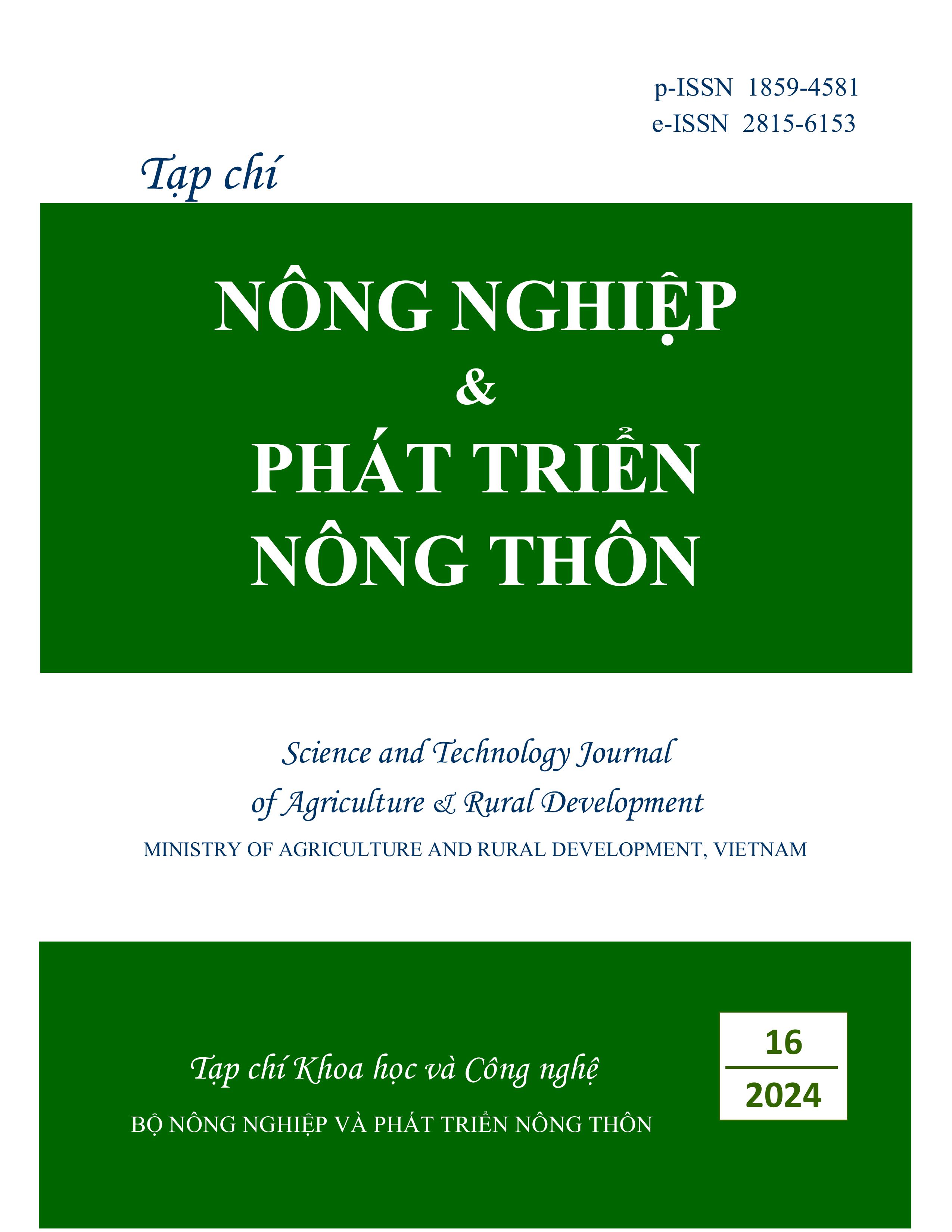IMPACTS OF COMMERCIAL ACACIA PLANTATION ROTATION ON SOIL WATER RETENTION CAPACITY IN HEADWATERS MOUNTAINS OF VIETNAM
DOI:
https://doi.org/10.71254/yd61vj82Keywords:
Commercial Acacia plantation, rotation, soil infiltration, soil water retentionAbstract
To assess the impacts of commercial Acacia plantation rotations on soil infiltration, 74 measurements were conducted in some headwater areas of Vietnam using the double-ring method at different rotations of Acacia plantations and reference forests. Specifically, 20 measurements were conducted in Acacia hybrid plantations and 6 measurements were made for natural forests and native plantations forest in Phu Tho province for 5 rotations; 18 measurements were made in Acacia hybrid plantations and 6 measurements were made for natural forests in each province of Nghe An and Binh Dinh for 3 different rotations. Each measurement session continued until reaching a stable permeability value ranging from 120 - 125 minutes. The main results obtained are as follows: (1) After each rotation, soil infiltration under Acacia plantations in all three study areas decreased progressively over time. Specifically, the initial infiltration rate, stable infiltration rate and cumulative infiltrated water after 2 hours decreased on average from 16 - 58% after each rotation. Soil infiltration in Phu Tho province was higher than in Nghe An and Binh Dinh provinces; (2) The amount of infiltrated water in Acacia plantations after each rotation was consistently lower, ranging from 20 - 57% compared to indigenous forest plantations and from 32 - 82% compared to natural forests. This suggests that the water retention and regulation capacity of monoculture Acacia plantations tends to be significantly lower than that of natural forests and indigenous forests. This function of Acacia plantations also gradually decreased after rotation.






